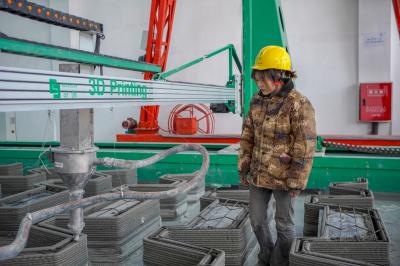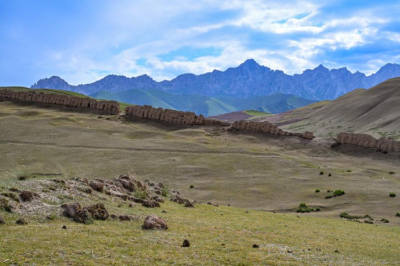|
9. India has cited “serious security implications” of China’s road building as a justification for its illegal crossing of the boundary. According to UN General Assembly Resolution 3314 adopted on 14 December 1974, no consideration of whatsoever nature, whether political, economic, military or otherwise, may serve as a justification for the invasion or attack by the armed forces of a State of the territory of another State. To cross a delimited boundary and enter the territory of a neighboring country on the grounds of so-called “security concerns”, for whatever activities, runs counter to the basic principles of international law and basic norms governing international relations. No such attempt will be tolerated by any sovereign State, still less should it be the normal way of conduct between China and India as two neighboring States.
10. Over the years, Indian troops have constructed a large number of infrastructure facilities including roads at the Duo Ka La pass and its nearby areas on the Indian side of the boundary, and even built fortifications and other military installations on the boundary. China, on the contrary, has only had very little infrastructure built on its side of the boundary in the same sector. In recent years, Indian border troops have also obstructed the normal patrols along the boundary by Chinese border troops, and attempted to build military installations across the boundary. In response, Chinese border troops lodged repeated protests and took lawful actions to dismantle the facilities installed by the Indian military on the Chinese side of the boundary. The fact of the matter is it is India that has attempted time and again to change the status quo of the China-India boundary in the Sikkim Sector, which poses a grave security threat to China.
11. The 1890 Convention has made it abundantly clear that the China-India boundary in the Sikkim Sector commences at Mount Ji Mu Ma Zhen on the Bhutan frontier. Mount Ji Mu Ma Zhen is the eastern starting point of the China-India boundary in the Sikkim Sector and it is also the boundary tri-junction between China, India and Bhutan. The Indian border troops’ trespass occurred at a place on the China-India boundary in the Sikkim Sector, which is more than 2,000 meters away from Mount Ji Mu Ma Zhen. Matters concerning the boundary tri-junction have nothing to do with this incident. India should respect the 1890 Convention and the eastern starting point of the China-India boundary in the Sikkim Sector as established by the Convention. It has no right to unilaterally alter the delimited boundary and its eastern starting point, still less should it violate China’s territorial sovereignty on the basis of its untenable arguments.
12. The stability and inviolability of boundaries is a fundamental principle enshrined in international law. The China-India boundary in the Sikkim Sector as delimited by the 1890 Convention has been continuously valid and repeatedly reaffirmed by both the Chinese and Indian sides. Either side shall strictly abide by the boundary which shall not be violated. The Chinese and Indian sides have been in discussion on making the boundary in the Sikkim Sector an “early harvest” in the settlement of the entire boundary question during the meetings between the Special Representatives on the China-India Boundary Question. This is mainly in view of the following considerations. The boundary in the Sikkim Sector has long been delimited by the 1890 Convention, which was signed between then China and Great Britain. China and India ought to sign a new boundary convention in their own names to replace the 1890 Convention. This, however, in no way alters the nature of the boundary in the Sikkim Sector as having already been delimited. |
- Home
- News |Tibet |Exclusive |China |World |Related News |Latest
- Documents |White Papers |Others
- Photo |Politics |Economy & Society |Culture & Religion |Human & Nature |Beautiful Tibet |Other Tibetan-Inhabited Area |Exchanges |Related
- Video |News |Documentary |Micro-Video |Entertainment
- Art
- Tourism
- In Focus
- About Tibet






